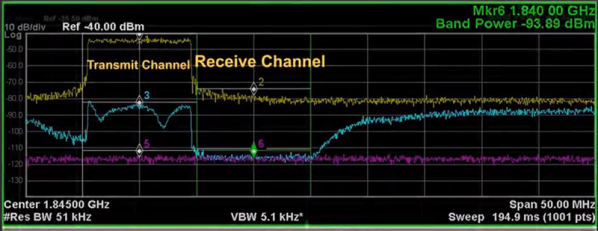Most noise-blocking headphones fall into two categories: they use some kind of material to absorb or scatter noise, or they use active cancellation that creates a signal to oppose the noise signal. As you’ve probably noticed, both of these approaches have limitations. Now, Swiss scientists think they have a new method that will work better. In Nature Communications, they describe a noise cancellation system that moves air by using ionization instead of a conventional transducer.
With the cool name plasmaacoustic metalayers, the technique uses a controlled corona discharge to create very thin layers of plasma between a metal grid and thin wires. With no voltage, sound passes freely. Applying a voltage across the assembly produces ions and moves air with very low inertia, unlike a typical speaker. By controlling the reverse pressure of air, the system can cancel incoming noise picked up by a microphone.













